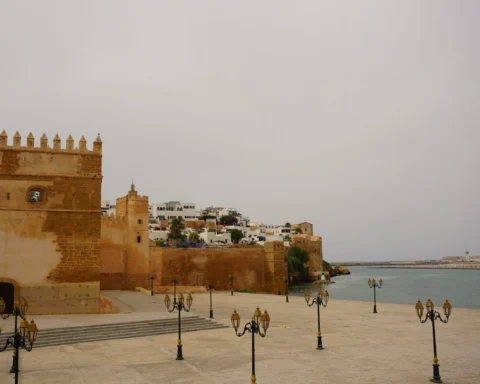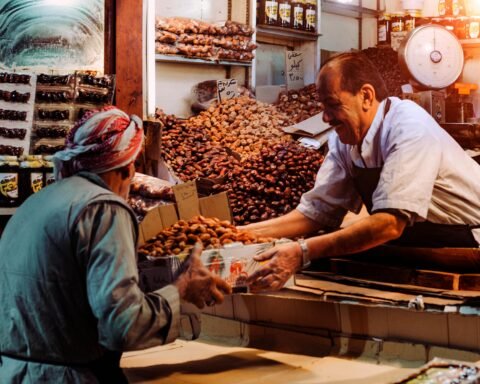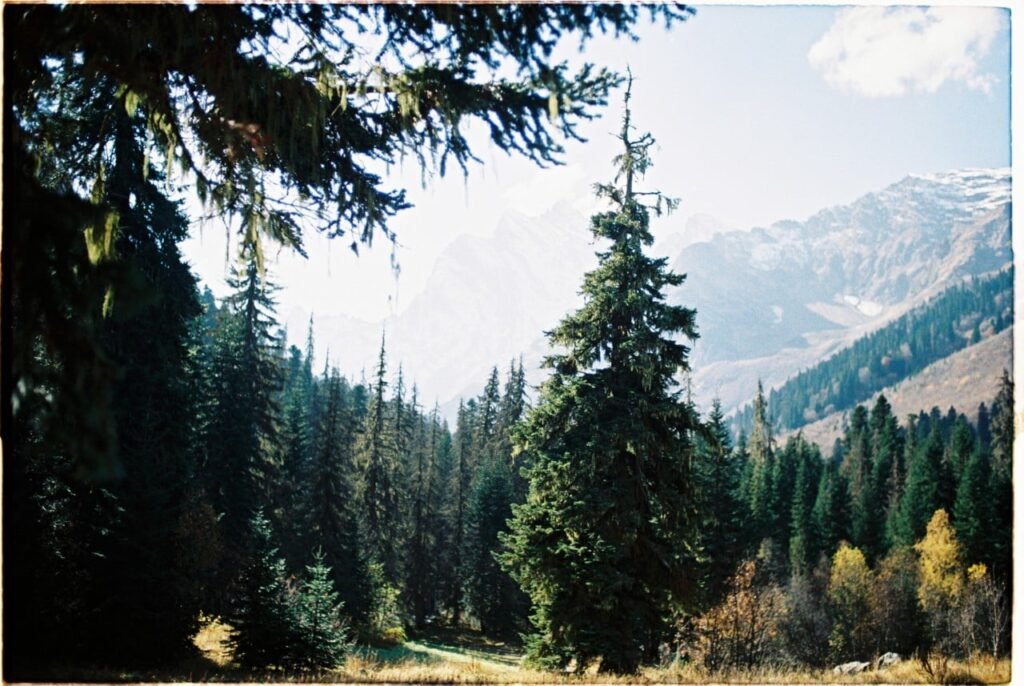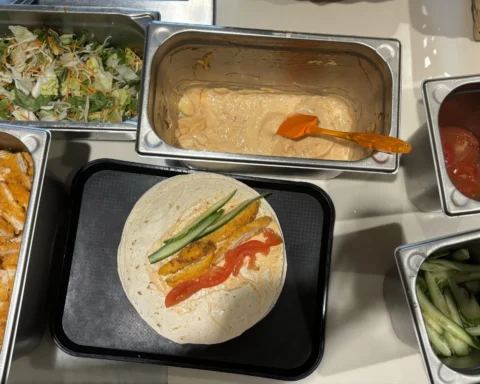In a world where jet-setting and ticking off bucket lists often define modern travel, a counter-movement is quietly reshaping the way adventurers experience the globe. Slow travel—a philosophy that prioritizes immersive, mindful journeys over rushed sightseeing—is gaining momentum among travelers seeking deeper connections, authentic experiences, and sustainable ways to explore.
Rediscovering the Joy of Time
Unlike traditional travel itineraries packed with back-to-back landmarks and nonstop selfies, slow travel encourages lingering. It’s about savoring the atmosphere of a single village for days rather than hours, learning the rhythm of daily life, and embracing the unexpected. This approach invites travelers to become temporary locals rather than fleeting visitors.
Spending more time in one place allows for spontaneous detours—a conversation with a local artisan, an unplanned hike through a hidden valley, or participation in a community festival. These moments often become the most treasured memories, far surpassing the typical postcard snapshots.
Authenticity Over Attraction Lists
Slow travelers prioritize meaningful experiences over quantity. Instead of rushing to tick off iconic landmarks, they delve into local culture, cuisine, and traditions. Cooking classes, volunteer opportunities, and homestays offer a richer perspective on a destination’s identity.
This form of travel fosters empathy and understanding, breaking down stereotypes and promoting genuine human connections. It transforms tourism from a passive act into an active exchange, where visitors and hosts learn from each other.
Sustainability at Its Core
Slow travel aligns closely with sustainable tourism principles. By reducing the pace and focusing on local economies, travelers minimize their environmental footprint. Staying longer in one location means fewer flights and less transport-related emissions, while supporting local businesses helps preserve cultural heritage and community wellbeing.
Many slow travelers choose eco-friendly accommodations, favor public transit, and participate in conservation projects. This mindful approach ensures that the places they cherish today remain vibrant and viable for future generations.
Technology’s Role in the Slow Movement
Ironically, technology plays a vital role in enabling slow travel. Digital nomads use remote work to extend their stays, booking platforms facilitate long-term rentals, and apps connect travelers with authentic local experiences.
Social media, while often criticized for promoting superficial travel, can also inspire slower exploration by showcasing off-the-beaten-path destinations and thoughtful itineraries crafted by experienced slow travelers.
The Future of Travel
As the travel industry recovers and adapts post-pandemic, slow travel offers a hopeful path forward. It addresses concerns about overtourism and environmental degradation while enriching the traveler’s experience.
For those willing to swap speed for depth, slow travel transforms journeys into personal growth and cultural exchange. It reminds us that travel is not just about moving through places but about truly being present in them.










